Jasmine is yellow and does not bloom. Cut it for 2 knives and bloom in 1 month
There is a proverb about raising flowers: "if jasmine is not pruned, its branches are weak and there are few flowers, which is obvious". Therefore, jasmine must be pruned often before it can have many flowers and green leaves and flourish. The pruning of jasmine in summer includes: picking the heart, retracting and shortening
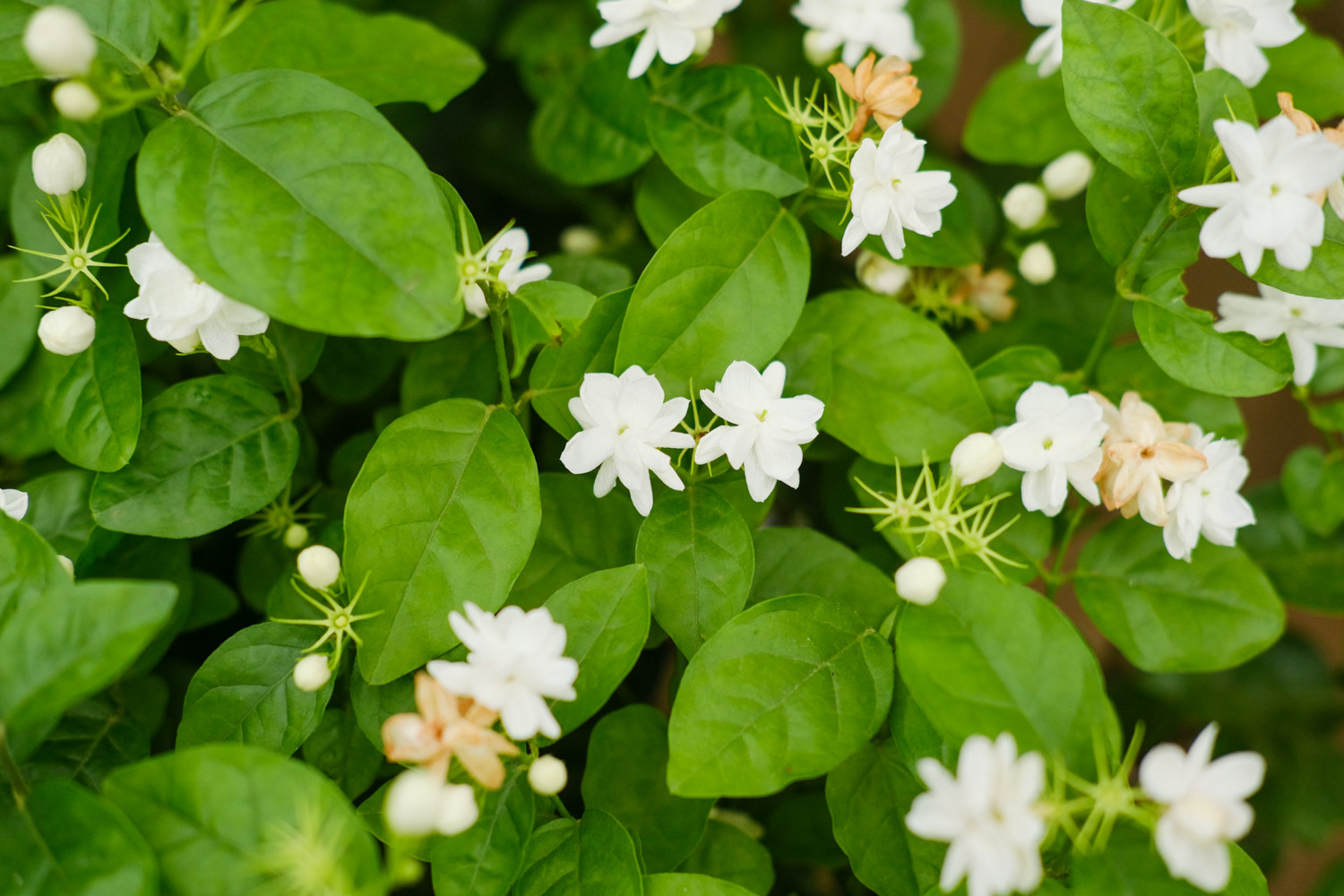
1. Retraction
The retraction is aimed at the back branches of jasmine. After jasmine blossoms, cut off the flowers together with the two pairs of leaves under the flowers
2. Short cut
The short cut is aimed at the bare branches of jasmine. Is to cut the long branches of jasmine to the same length as other branches
3. Pick the heart
Pinching is aimed at the shorter Jasmine branches. It is to cut off the top of jasmine branches, promote the growth of axillary buds, and let Jasmine form a plump plant shape, so as to grow more flower buds
The position of picking the heart and cutting down shall be controlled within 1 cm above the axillary bud
The yellow leaves of Pennisetum wilt. Cut it for 1 knife and burst the pot in 1 month
Pennisetum is most suitable for growing in summer, but if you can't raise it, it not only grows slowly, but also tends to wilt and yellow leaves. What should you do? Simple! According to the method below Huahua, a pair of scissors can make the copper coin grass explode again and green
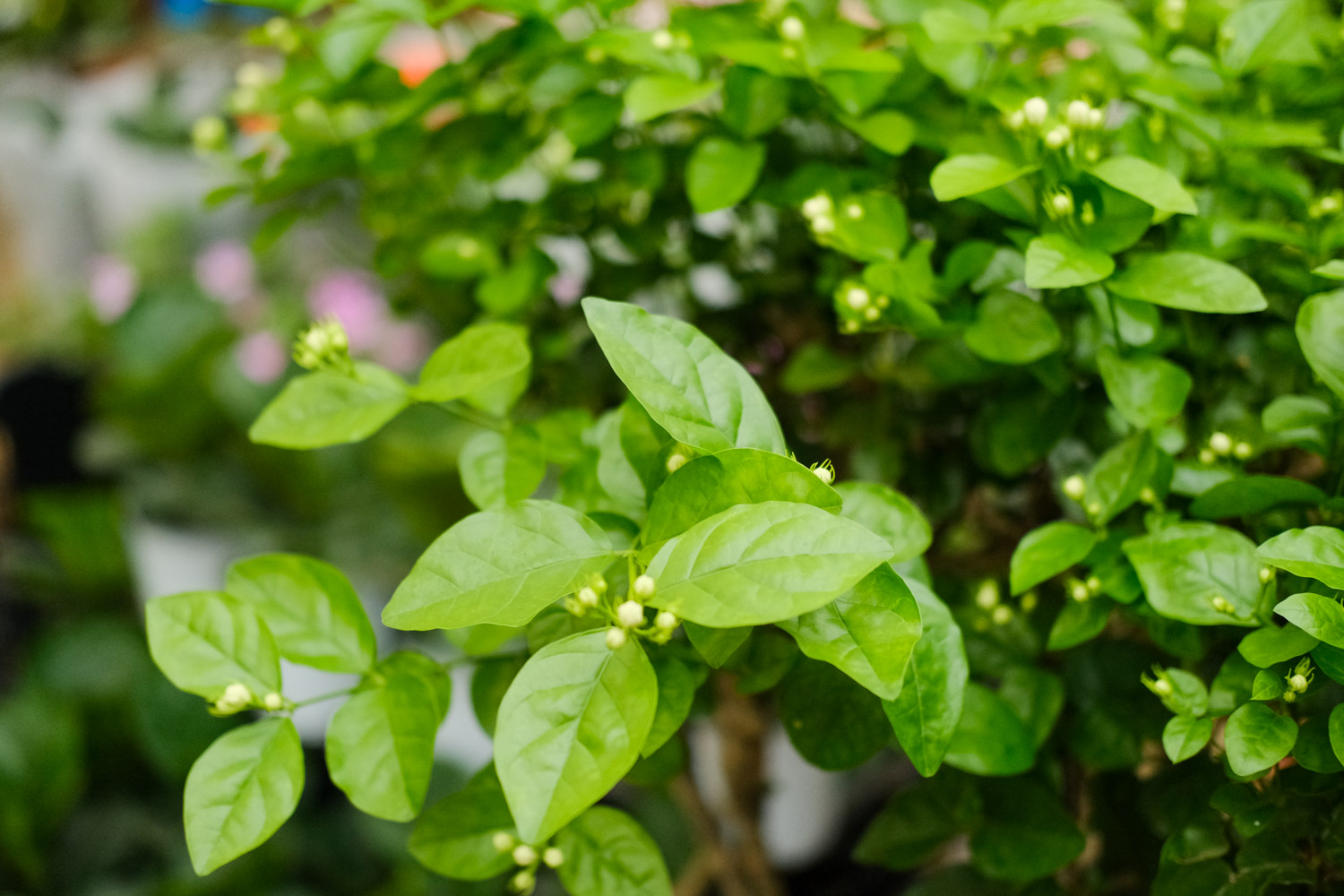
1. Pennisetum has been raised for a long time. There are too many leaves, which makes the leaves below too dense and airless. It is easy to yellow and rot
2. If you want to rejuvenate Pennisetum, you can find a sharp pair of scissors and cut off all branches and leaves, leaving only 2cm above the root
3. Put the cut copper coin grass in a place with astigmatism and ventilation, and water it once every morning and evening. In less than a week, there will be more new leaves
4. You can also directly use the flowerpot without bottom hole for half soil and half water maintenance, so that the lower half of the basin soil is soil and the upper half is water, so as to keep the water in the basin all the time
5. Throw a few slow-release fertilizers or a compound fertilizer in the basin every week, and get more exposure to the sun. Don't be short of water. The Pennisetum will grow like crazy and explode in less than a month
Longevity flower is now cut by 2 knives, and the pot is guaranteed to be full in autumn
August is the best time to prune the longevity flower, because the longevity flower begins to differentiate into flower buds in September, so it can't be pruned! So if you want to enjoy the longevity flower in autumn and winter, pick up the scissors now
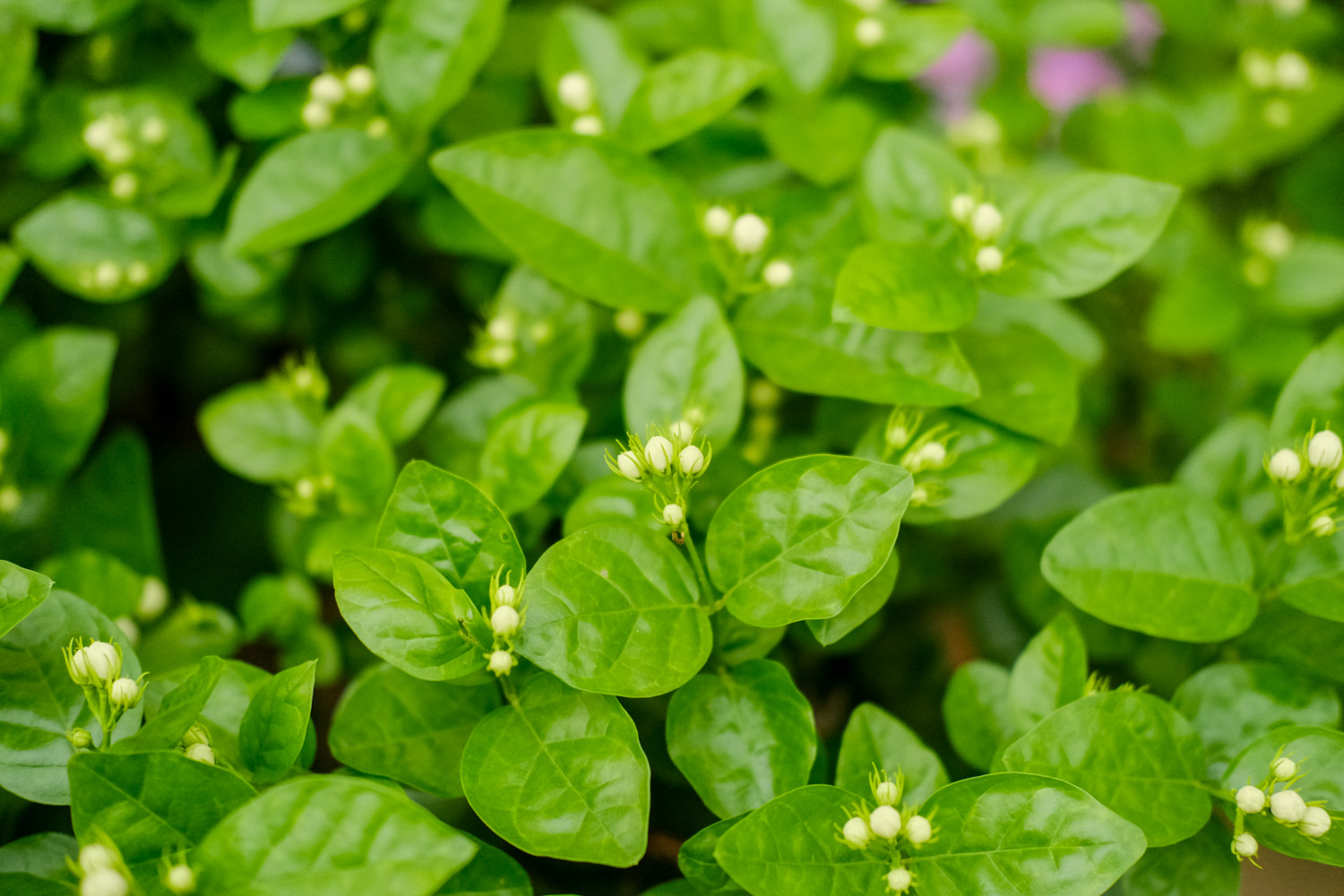
1. Get to the top
Because the longevity flower will begin to bud in September, it must be topped quickly in August and the part with more than 10 cm on the top of the branch must be trimmed. Let the branches grow more side buds. More side buds, more flower buds
2. Pick your heart quickly
If your longevity flower is a seedling, you need to pick the heart for the first time when the seedling grows to 5 pairs of leaves. The new buds grow after picking the heart, and then pick the heart after growing 5 pairs of leaves. In this cycle, until the shape of longevity flower is perfect
3. Hit the fork quickly
Branching is to cut off the too dense, thin and pest branches at the base of longevity flower, promote the growth of internal branches, increase the ventilation and light transmittance inside the plant, and reduce the occurrence of diseases and pests
The yellow leaves and rotten roots of Fugui bamboo, cut 1 knife and rub the long leaves
It's too hot in summer. The root system of Fugui bamboo is easy to rot due to high temperature, and then the yellow leaves and the whole plant wilt and die. At this time, we should cut it hard
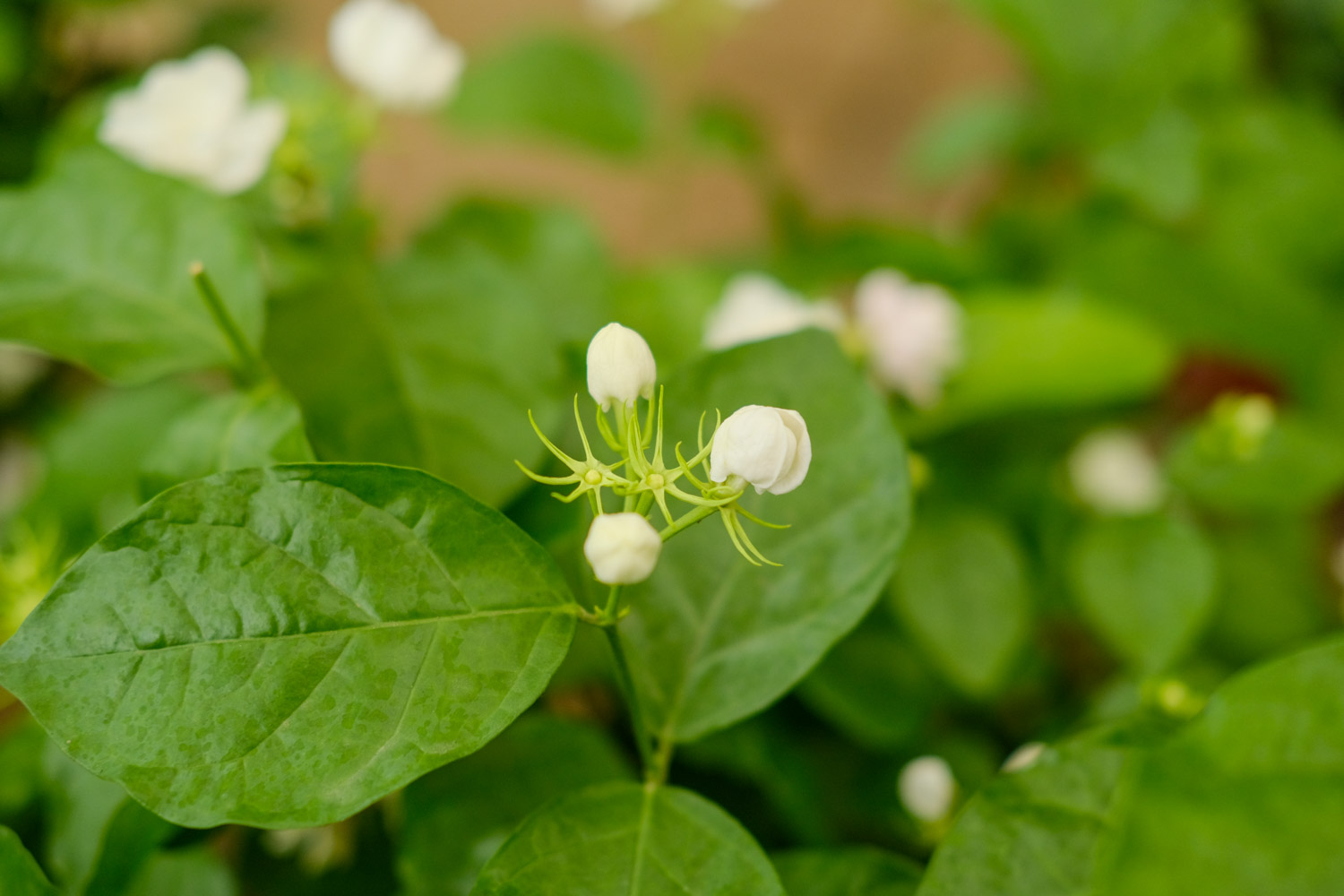
1. Observe whether the root system of Fugui bamboo stinks and blackens. Pinch whether the root system is soft. If so, the root system is rotten or aging and needs to be cut off
2. Use a knife to cut off all the stem nodes with roots of Fugui bamboo! Don't leave any roots
3. After cutting off the root system, cut the incision into a 45 degree slope, and then reinsert it into a clean vase
4. Pour clear water into the vase. The water level should not be too high, accounting for about 1 / 3 of the bottle body. Change the water once in about 2 days, and new roots will grow in half a month
5. The newly grown root system of Fugui bamboo has stronger ability to absorb water and nutrients. If you throw 2 slow-release fertilizers into it every month, it will make Fugui bamboo grow faster and its leaves more green
The dried tip of Chlorophytum grows slowly. Cut it for 1 knife and sprout in 2 weeks
If the ventilation and illumination of Chlorophytum cultivated indoors are not good, it is easy to have yellow leaves, dry tips and broken leaves, which will affect the viewing. It is better to cut all the Chlorophytum with one knife, germinate again in 2 weeks and turn green in 3 months
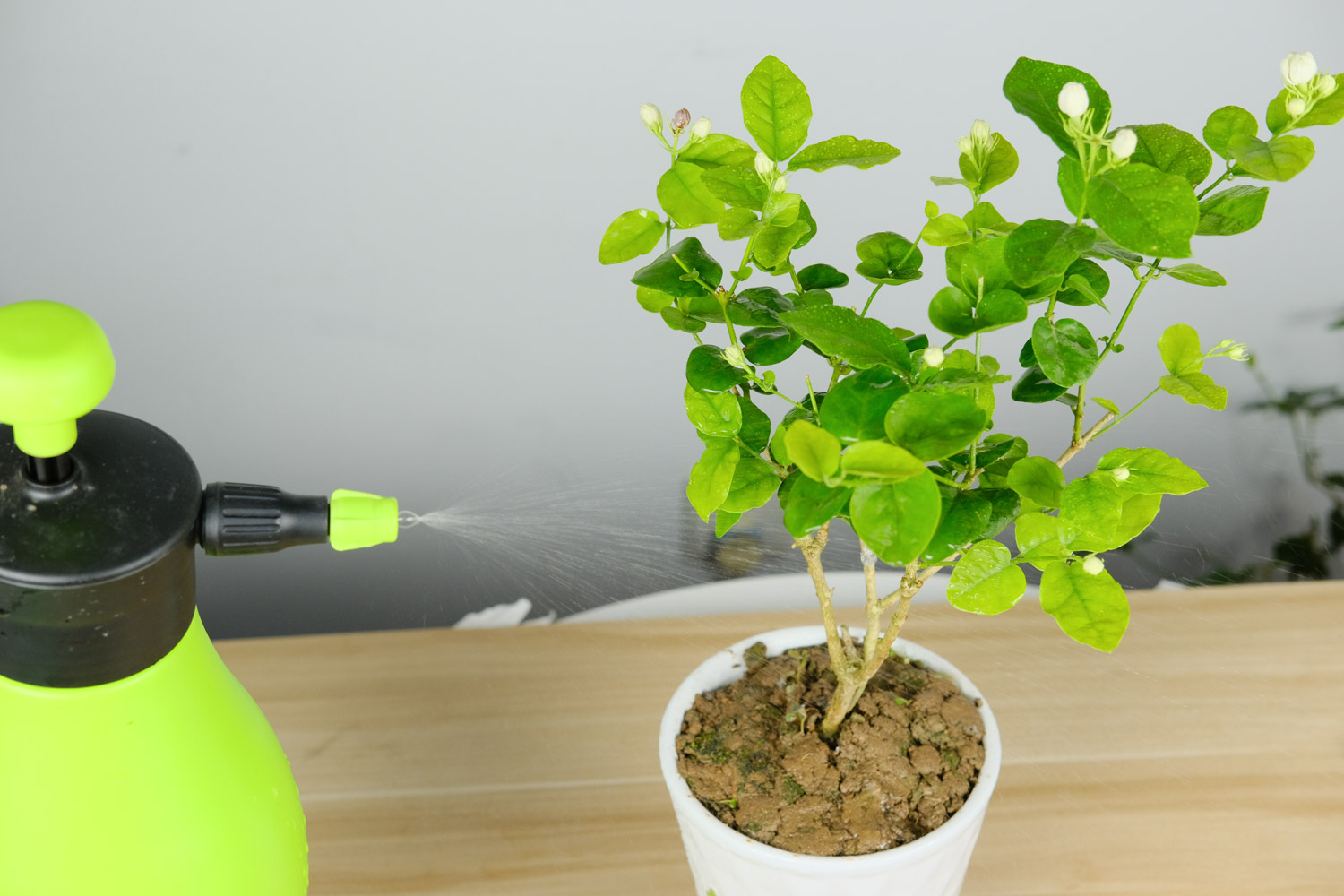
1. If the Chlorophytum at home looks like dying, don't worry about throwing it. Pull down its roots and have a look. If the roots are not rotten, it can be saved. As long as you take care of it a little, you can grow into a beautiful basin of Chlorophytum again
2. Use scissors to cut more than 3-5cm of Chlorophytum earth surface, and cut off all branches and leaves
3. Place the pruned Chlorophytum in a cool place and slowly sprout it. When you feel that the surface of the basin soil is dry and white, pour it through. Slowly, new buds gradually grow out
4. When the new buds grow to more than 3cm, they can be exposed to the sun and fertilized normally! In another month, you can get a pot of beautiful Chlorophytum again

 how many times do yo...
how many times do yo... how many planted tre...
how many planted tre... how many pine trees ...
how many pine trees ... how many pecan trees...
how many pecan trees... how many plants comp...
how many plants comp... how many plants can ...
how many plants can ... how many plants and ...
how many plants and ... how many pepper plan...
how many pepper plan...





























